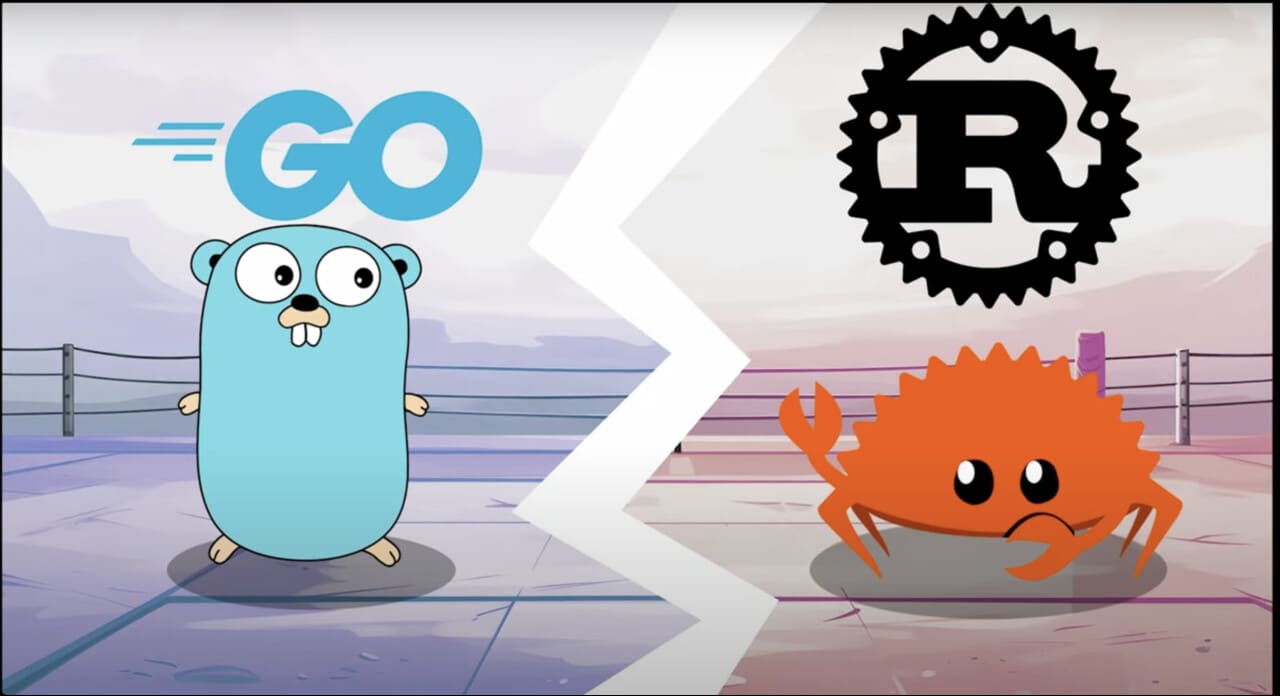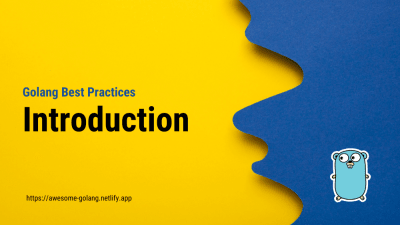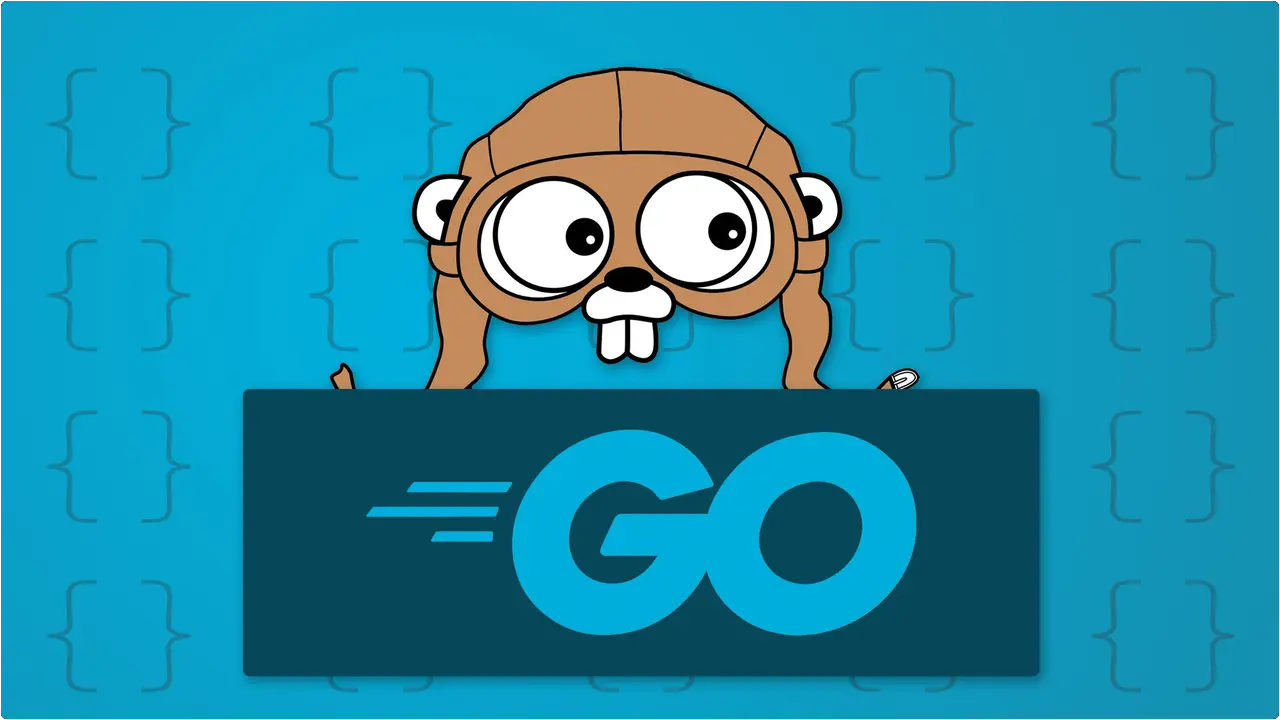Introduction to GoLang Fiber
- With Code Example
- November 8, 2023

Series - Fiber Golang
- 1: Introduction to GoLang Fiber
- 2: Routing and Middleware in Fiber Golang
- 3: Request and Response Handling in Fiber
- 4: Templates and Views in Fiber Golang
- 5: Database Integration in GoLang Fiber
- 6: Secure Authentication and Authorization in GoLang Fiber
- 7: File Upload and Handling in GoLang Fiber
- 8: API Development with GoLang Fiber
- 9: Testing and Debugging in GoLang Fiber
- 10: Deployment and Scaling of GoLang Fiber Applications

In the ever-changing world of web development, it is crucial to pick the right framework . Every developer looks for fast, simple and comprehensive functionalities. In terms of developing web applications in Go, “Fiber” is a quite powerful and lightweight framework that offers this kind of quality. In this exhaustive tutorial, we will first introduce you to GoLang Fiber, then cover its installation and setup procedure after which we will walk you through creating a simple Fiber application, and conclude by explaining the project structure that makes up the foundation of your journey in web development using fibre.
Table of Contents
Introduction to GoLang Fiber
GoLang Fiber is a modern web framework for building high-performance web applications in Go. It’s designed to be one of the fastest web frameworks available, and it achieves this by leveraging the raw power of Go’s concurrency and low-level control. Fibre is inspired by Express.js, a popular web framework in the JavaScript world, and it brings some of the best ideas from Express to Go, allowing developers to create web applications quickly and efficiently.
Some of the key features that make Fiber stand out are:
Blazing Speed: Fiber is built from the ground up to be extremely fast. It’s engineered to handle high loads with low latency, making it an excellent choice for real-time applications.
Lightweight: Fiber is designed to be lightweight and minimalistic. It doesn’t include unnecessary features, so you can build your application with only what you need.
Express.js-like Routing: If you’re familiar with Express.js, you’ll find Fiber’s routing syntax very similar and easy to work with.
Middleware Support: Fiber supports middleware, which allows you to add functionality like authentication, logging, and request parsing to your application easily.
Error Handling: Fiber provides a clear and robust error handling mechanism, making it easy to identify and handle errors in your application.
WebSockets: If you need to add real-time communication to your application, Fiber has built-in WebSocket support.
Project Structure: Fiber follows a straightforward project structure, making it easy to organize and scale your application as it grows.
Installation and Setup
Getting started with Fiber is straightforward. To install Fiber, you can use the following command:
go get -u github.com/gofiber/fiber/v2
This command fetches the Fiber package and its dependencies, ensuring that you have the latest version installed. Now that Fiber is installed, let’s set up a basic application.
Creating a Basic Fiber Application
Let’s build a simple “Hello, Fiber!” web application to get a feel for how Fiber works. First, create a new directory for your project and navigate to it in your terminal.
mkdir hello-fiber
cd hello-fiber
Now, create a Go file for your Fiber application. You can use your favorite code editor for this. For example, create a file named “main.go” and add the following code:
package main
import (
"github.com/gofiber/fiber/v2"
)
func main() {
app := fiber.New()
app.Get("/", func(c *fiber.Ctx) error {
return c.SendString("Hello, Fiber!")
})
app.Listen(":3000")
}
In this code, we import the Fiber package and create a new Fiber application instance using fiber.New(). We then define a route for the root URL ("/") using app.Get(). When a request is made to this route, it responds with the text “Hello, Fiber!”
To run your Fiber application, use the following command:
go run main.go
Your Fiber application will be available at http://localhost:3000. When you access it in your web browser or through an API client, you’ll see the “Hello, Fiber!” message.
Understanding the Project Structure
A well-organized project structure is essential for building maintainable and scalable applications. Fiber doesn’t enforce a specific structure, but it provides recommendations to help you organize your code effectively.
Here’s a typical project structure for a Fiber application:
├── app/
│ ├── routes/
│ │ ├── routes.go
│ ├── middleware/
│ │ ├── middleware.go
├── config/
│ ├── config.go
├── main.go
app/: This directory contains subdirectories for routes and middleware, where you define your application’s routes and middleware functions. Keeping your routes and middleware in separate directories makes your code more organized and easier to manage.
config/: Configuration files, such as database connections and environment variables, can be stored in this directory.
main.go: This is the entry point of your application, where you create the Fiber instance and define your routes and middleware.
Let’s dive deeper into each of these directories to understand their purpose:
Routes Directory
The routes/ directory contains files where you define your application’s routes. For example, you might have a routes.go file like this:
package routes
import (
"github.com/gofiber/fiber/v2"
)
func SetupRoutes(app *fiber.App) {
app.Get("/", func(c *fiber.Ctx) error {
return c.SendString("Hello, Fiber!")
})
}
You then import the routes package in your main.go and call SetupRoutes(app) to set up your routes:
package main
import (
"github.com/gofiber/fiber/v2"
"your-app-name/app/routes"
)
func main() {
app := fiber.New()
routes.SetupRoutes(app)
app.Listen(":3000")
}
This separation of routes makes your application more modular and easier to maintain, especially as it grows.
Middleware Directory
The middleware/ directory is where you define your application’s middleware functions. Middleware functions can perform tasks such as authentication, logging, and request parsing. For example, you might have a middleware.go file like this:
package middleware
import (
"github
.com/gofiber/fiber/v2"
)
func Logger() func(*fiber.Ctx) error {
return func(c *fiber.Ctx) error {
fmt.Println("Request received")
return c.Next()
}
}
You can then import the middleware package and apply the middleware to your routes like this:
package main
import (
"github.com/gofiber/fiber/v2"
"your-app-name/app/routes"
"your-app-name/app/middleware"
)
func main() {
app := fiber.New()
app.Use(middleware.Logger())
routes.SetupRoutes(app)
app.Listen(":3000")
}
This structure keeps your middleware separate from your routes, making it easy to add, remove, or modify middleware functions without affecting your routes.
Configuration Directory
The config/ directory is where you store configuration files, such as environment variables, database connections, and other settings. Having a dedicated configuration directory helps keep your configuration organized and allows you to easily change settings without modifying your application code.
Here’s an example of a config.go file:
package config
import (
"os"
)
func GetDatabaseURL() string {
return os.Getenv("DB_URL")
}
You can then import the config package and use the configuration settings in your application:
package main
import (
"github.com/gofiber/fiber/v2"
"your-app-name/app/routes"
"your-app-name/app/middleware"
"your-app-name/config"
)
func main() {
app := fiber.New()
app.Use(middleware.Logger())
routes.SetupRoutes(app)
databaseURL := config.GetDatabaseURL()
// Use databaseURL in your application
app.Listen(":3000")
}
This structure helps you manage configuration settings in a centralized and organized way.
Middleware, Error Handling, and Middleware Errors
Fiber provides robust support for middleware and error handling. Middleware functions can be used for tasks like logging, authentication, or request parsing. You can apply middleware globally to all routes or to specific routes.
Here’s an example of applying middleware globally:
app.Use(middleware1)
app.Use(middleware2)
And here’s how to apply middleware to a specific route:
app.Get("/protected", middleware3, func(c *fiber.Ctx) error {
return c.SendString("This route is protected by middleware3")
})
Fiber also provides an elegant way to handle errors using middleware. You can define error-handling middleware functions that are executed when an error occurs in the request chain. Here’s an example:
app.Use(func(c *fiber.Ctx) error {
defer func() {
if r := recover(); r != nil {
// Handle the error here
c.Status(fiber.StatusInternalServerError).SendString("Something went wrong!")
}
}()
return c.Next()
})
In this example, we use a middleware function to recover from panics (unhandled errors) and respond with an error message. Error-handling middleware ensures that your application remains stable even when errors occur.
WebSocket Support
Fiber provides built-in support for WebSockets, making it easy to implement real-time communication in your web applications. To set up WebSocket support in Fiber, you can use the following code:
app.Get("/ws", websocket.New(func(c *websocket.Conn) {
for {
msg, err := c.ReadMessage()
if err != nil {
c.Close()
break
}
c.WriteMessage(msg)
}
}))
This code defines a WebSocket route at “/ws” and handles WebSocket connections. You can build interactive and real-time features in your application using Fiber’s WebSocket support.
Conclusion
GoLang Fiber is a versatile and high-performance web framework that simplifies web application development in Go. Its speed, simplicity, and extensive feature set make it an excellent choice for both small-scale projects and large-scale applications. Understanding the basics of Fiber, its installation and setup, and the project structure it recommends are essential steps in harnessing the full potential of this framework.
As you explore Fiber further, you’ll discover its rich ecosystem of middleware, support for WebSockets, and robust error handling. These features, combined with the flexibility and modularity of Fiber’s project structure, enable you to build powerful web applications with ease and efficiency.
Whether you’re building APIs, web services, or full-fledged web applications, Fiber empowers you to deliver high-performance, real-time, and interactive experiences for your users. Embrace GoLang Fiber, and embark on your journey to building exceptional web applications with speed and simplicity.







